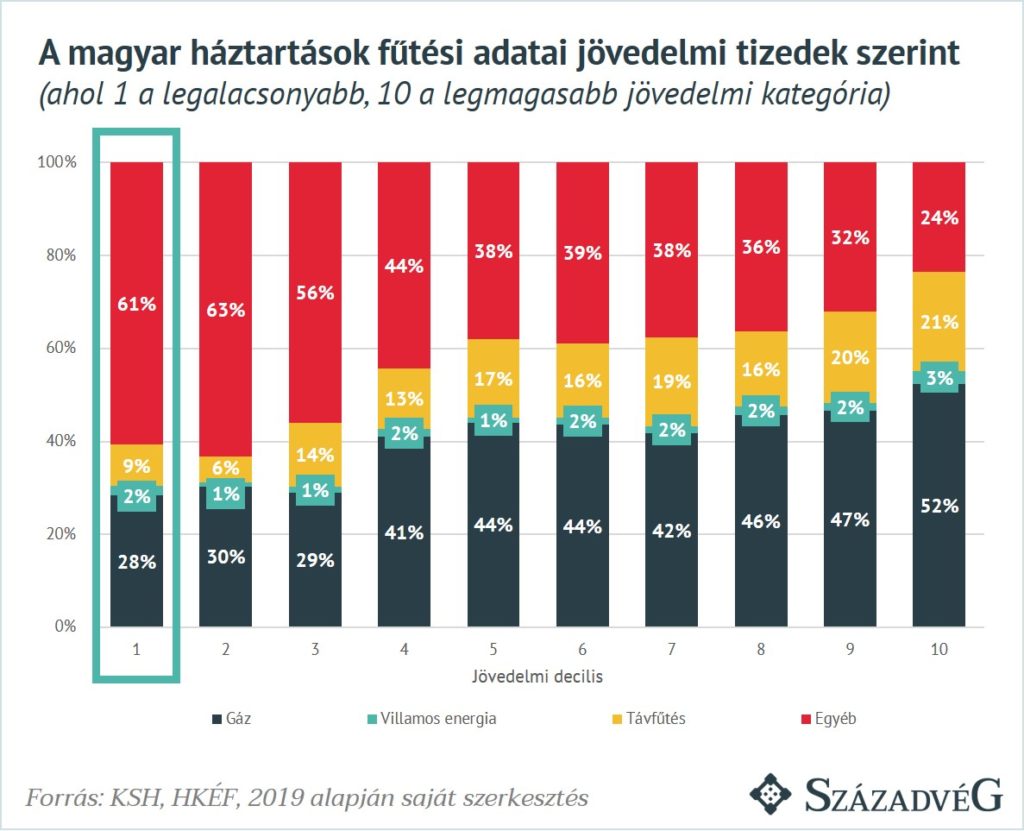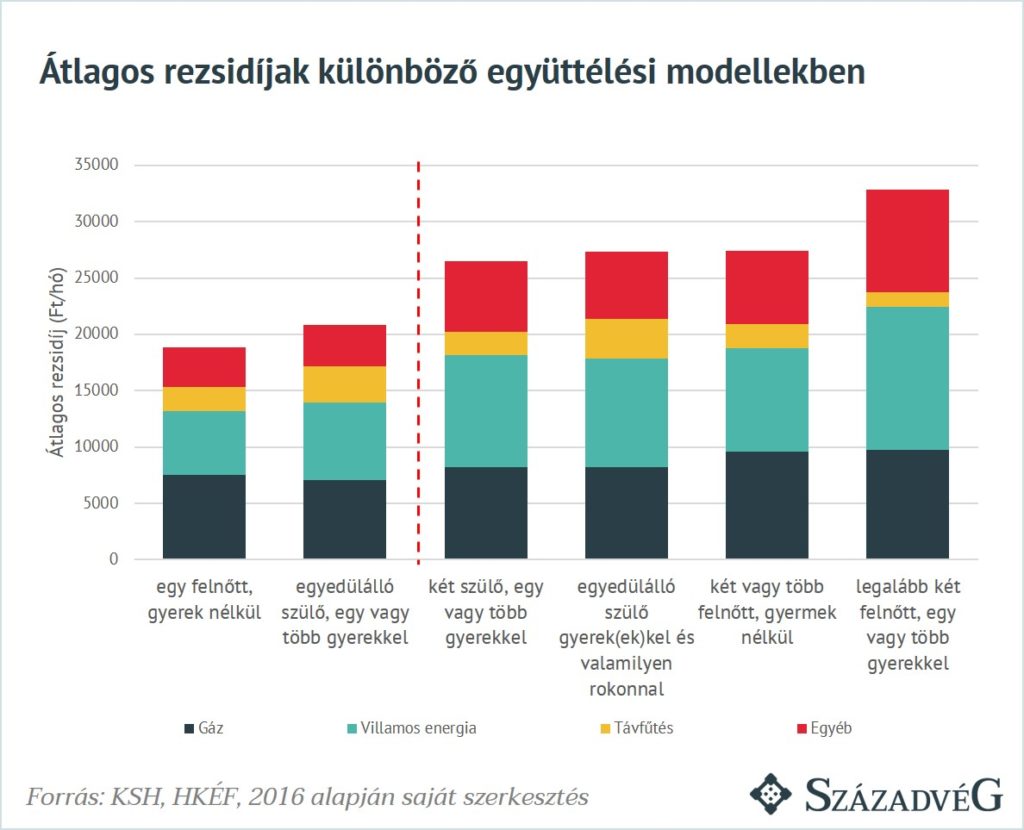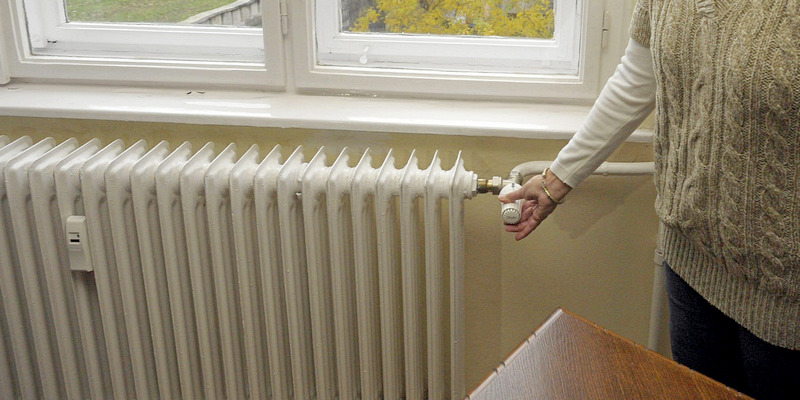The candidate for Prime Minister of the Democratic Coalition would introduce a utility minimum and progressively rising energy prices linked to consumption among households. Due to the consumption structure of the Hungarian population, the program would not significantly reduce the differences in living standards, but it would significantly increase the utility burden of families, reads the website of the Századvég Foundation.
Klára Dobrev, the recently announced candidate for prime minister of the Democratic Coalition (DK), once again put her party's 2018 utility program "minimum utility" on her banner. The proposal previously presented by Ferenc Gyurcsány would classify households into three different bands instead of the currently effective uniform tariffs. As the name "utility minimum" indicates, you should not pay for energy below a given consumption level. Above a certain level of consumption, however, tariffs would increase significantly. For the time being, there is no clear information about the intermediate category, reports the Századvég Foundation.
After Gergely Karácsony announced his intention to leave ,
Gyurcsány made it clear that their program - including the utility minimum - can also be considered a Christmas program.
The utility minimum would connect the spirit of two well-known left-wing political products – the basic income and the luxury tax – and transfer it to energy, thereby reducing social differences. However, the professional vision behind the idea is based on a faulty approach, because the level and structure of the energy consumption of domestic households cannot be clearly equated with their standard of living.
On the one hand, the majority of the poorest households do not heat with gas or electricity, but with other fuels whose prices are not officially regulated (for example, wood or coal), so the transfer would not benefit the needy.
On the other hand, the price increase would primarily not affect more affluent consumers with high-value, outstanding energy-efficient real estate and assets,
but middle and lower class large families with lower energy efficiency infrastructure.
Finally, by inhibiting electrification, the proposal would also adversely affect climate protection efforts; for example, it would significantly increase the cost of charging electric cars.
The implementation of the program would therefore not reduce the differences in the standard of living, and in fact, similar to Ferenc Gyurcsány's utility policy before 2010, it would significantly increase utility fees for a wide range of society.
The utility minimum would hardly have any beneficiaries
The number one criticism that can be made against the utility minimum is that it would not help those households that need it. The Household Budget and Living Conditions Survey (HKÉF) of the Central Statistical Office (KSH) divides Hungarian households into ten groups based on income and reports the technology used for heating in each group.
The figure below shows that in the lowest tenths, the proportion of officially regulated electricity and gas consumption does not reach one third of the population. In addition, based on individual data, the ratio continues to decrease within the lower tenths: the more vulnerable a family is, the less gas or electricity it uses. These households typically heat with other solid fuels (wood, coal, etc.), which are not officially priced products, so - although firewood was also included in the previous 2018 proposal - the Gyurcsányés' utility program no longer covers them.

Source: Századvég-Gasdaságkutátó
The consumption level for the utility minimum is not yet known, but the logic of determining it will presumably follow Ferenc Gyurcsány's original 2018 concept, which would have released the payment obligations of the given household in the case of monthly consumption below 15 cubic meters of gas and 50 kilowatt hours of electricity.
Based on the latest (2016) HKÉF data available at the time of the announcement, the proportion of households below the utility minimum was 7 percent for gas and 4 percent for electricity. Therefore, if it were to follow the previous logic as announced, only an extremely small part of Hungarian households would benefit from the program, in which, moreover, the proportion of the most needy is negligible.
The main burden bearers would be those with large families
In addition to the introduction of the utility minimum, the program would significantly increase utility fees above a given consumption level. The main argument of the measure is that those who are "rich" or those who "heat their swimming pool" get undeserved access to energy at a low price. The current consumption limits are not known in this category either, but Ferenc Gyurcsány's 2018 proposal can be a good starting point here as well. Based on this, the burdens of households whose monthly consumption exceeds 80 cubic meters of gas or 200 kilowatt hours of electricity would increase.
Based on the KSH, 58 percent of Hungarian gas-consuming households and 47 percent of electricity consumers fell into this category when the bands were announced. Gyurcsányék's program, then
it would significantly increase the utility costs of every second Hungarian household.
Moreover, the political message of the proposal is also in conflict with the facts, because the level of energy consumption is primarily determined not by wealth, but by the number of people living in the household and the condition of the infrastructure. The second figure shows the average monthly rent of a Hungarian household for different cohabitation situations.
Based on the averages, only the two groups in which a single adult lives with or without children would not see an increase in utilities. The averages of the remaining four groups - for example, two-parent families with children, or those households where they care for an elderly relative - would fall into Gyurcsány's "rich" category, so they could count on a significant increase in utilities.

Source: Századvég-Gasdaságkutátó
The climate protection effects of the intervention
This time, Klára Dobrev reframed the previous directorial program with the perceived climate protection effects of the intervention. The essence of the argument is that an increase in tariffs would encourage people to implement new energy efficiency-increasing investments, which would reduce their future consumption and thus the burden on the environment. On the one hand, the new framework makes it completely clear that the primary goal of the program is not to reduce social differences, but to raise prices disguised as a social policy (which also explains the conceptual errors described earlier).
On the other hand, the aspect raises additional policy problems. Increasing electricity prices would hinder transport electrification, which is desirable from a climate protection point of view, since people would not buy an electric car (which is more expensive than a conventional one) if charging it were close to or even higher than the price of gasoline. In addition, the new tariff structure would reverse the trend of households switching from solid fuel to gas and electricity,
which would significantly increase local particulate emissions and thus the frequency of upper respiratory and cardiovascular diseases.
A good example of whether price increases are an effective solution to stimulate energy efficiency investments is provided by Ferenc Gyurcsány's previous utility policy, as a result of which Hungarian residential tariffs exceeded those of most European countries by 2010. However, the consequence of high utilities was not a jump in investments and a drop in consumption, but a drastic increase in the proportion of energy-poor households.
As a result of the government's utility reduction program, residential electricity and gas prices are currently the cheapest in Hungary in the European Union. This is primarily due to the fact that since 2013, among the member states, the proportion of households that are unable to heat their homes sufficiently, or that have problems paying utility bills due to financial difficulties, has decreased the most in our country.
Would the existentially and socially fragile period following the coronavirus epidemic really be the most appropriate to reverse the favorable trend and increase the financial burden on families again?
Source: Századvég Foundation, hirado.hu
Photo: MTI/Attila Kovács












